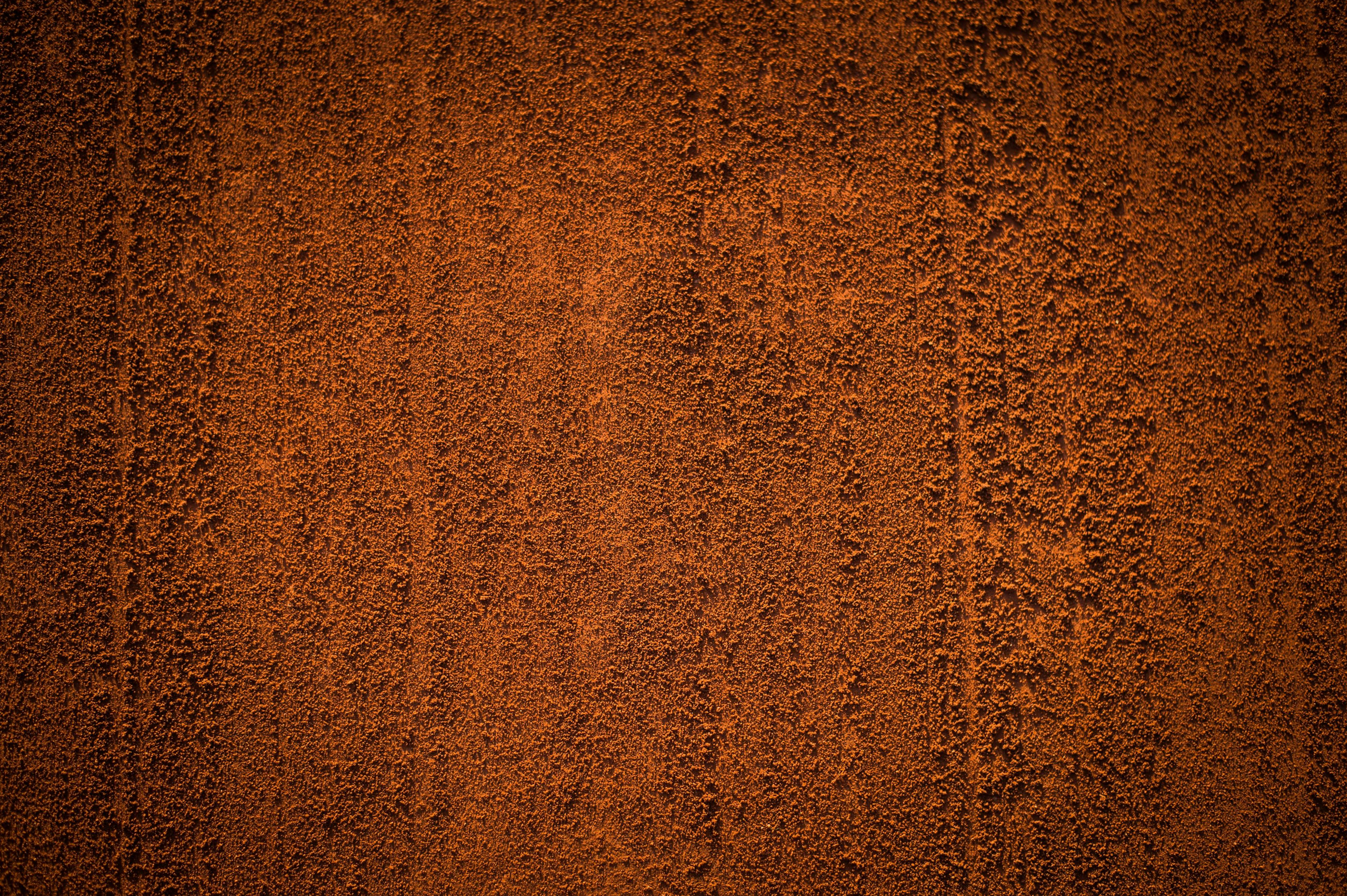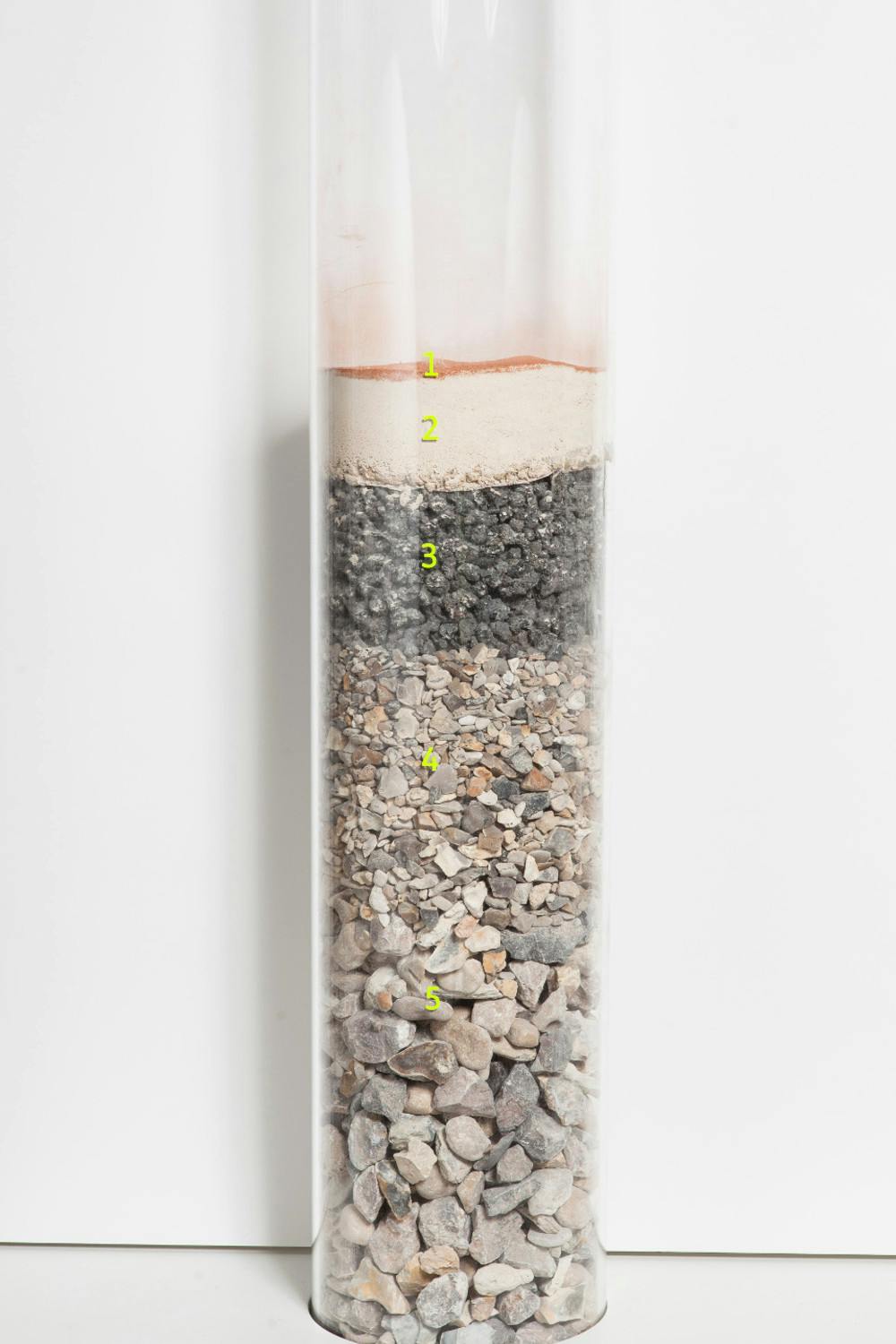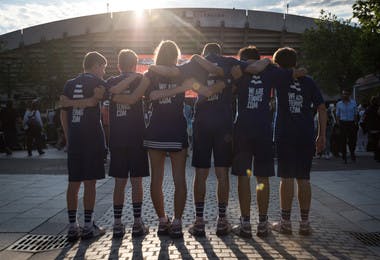Clay has always favoured certain countries – France obviously, but also Spain, Italy and the Mediterranean in general. Belgium, Germany, Austria, the Czech Republic, Romania and even Sweden have similarly deep-seated affinities with the red dirt. Latin America is another of clay’s natural homes.
And it is certainly no coincidence that, for the past half-century, these countries have provided the majority of French Open winners. It is far easier to be born and bred on red dirt and learn your trade on it as a youngster – those who manage to turn themselves into dirtballers are certainly a rare breed.
And while it may be more demanding physically, clay is the least harsh of surfaces – it protects the joints and limits the risk of injury, making it ideal for any level of player, from the top pro down to the earnest amateur.
My Roland-Garros: playing on clay

 ROLAND-GARROS
18 May - 7 June 2026
ROLAND-GARROS
18 May - 7 June 2026




